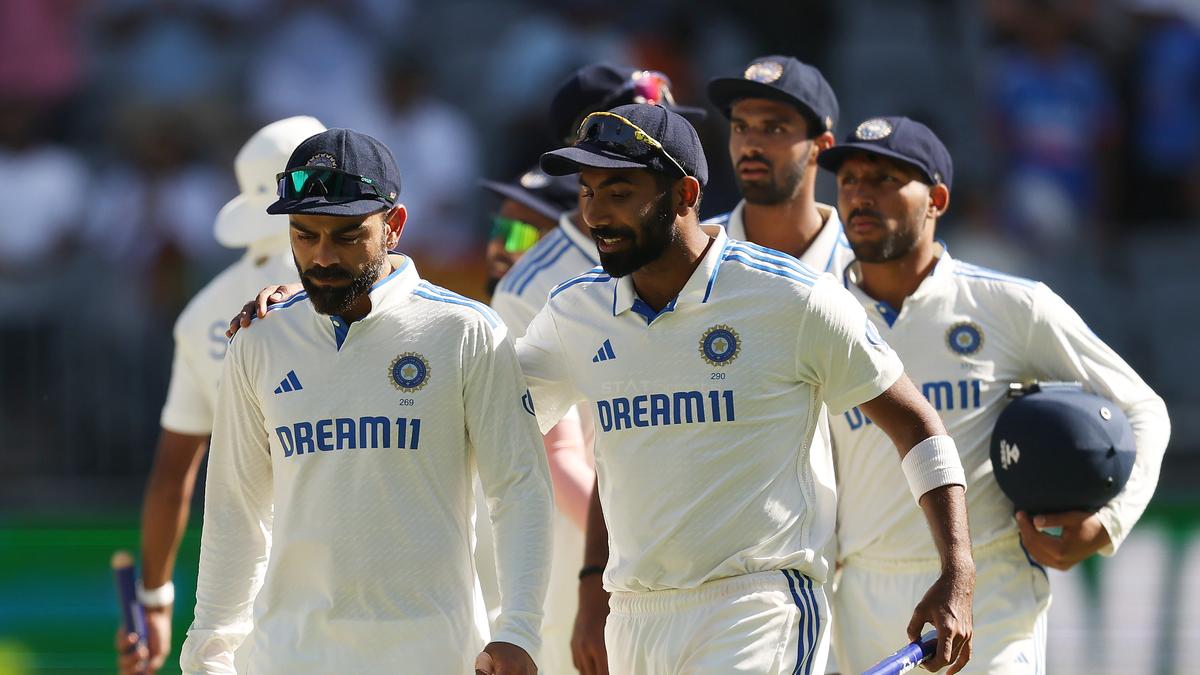 |
|
The first Test match between India and Australia in Perth witnessed a resounding victory for the Indian team, securing a commanding 1-0 lead in the Border-Gavaskar Trophy. This triumph marks a significant turning point in India's history of playing Test matches in Australia. Historically, India has struggled on Australian soil, with a record that shows a stark imbalance in favor of the home team. The win in Perth, however, is not an isolated incident; it signifies a consistent improvement in India's performance against Australia in recent years, culminating in series wins in 2018-19 and 2020-21. This current victory further solidifies their dominance and sets the stage for a potential hat-trick of series wins Down Under.
Jasprit Bumrah's captaincy and bowling prowess were pivotal to India's success. His leadership in the absence of regular captain Rohit Sharma was exemplary, exhibiting tactical acumen and inspiring his team to perform at their peak. His personal contribution as a bowler was equally impactful, delivering devastating spells that dismantled the Australian batting lineup. Bumrah’s eight wickets in the match, complemented by the efforts of Mohammed Siraj and other bowlers, effectively choked the Australian team's scoring ability. The inclusion of debutants Harshit Rana and Nitish Kumar Reddy, in place of established players like R. Ashwin and Ravindra Jadeja, proved to be a bold but ultimately successful strategic decision. The contributions of Rana, Nitish, and Washington Sundar highlighted the team's depth and versatility.
India's batting performance also played a crucial role in the victory. After a relatively weak first innings, the Indian batsmen showcased their resilience and skill in the second innings. Yashasvi Jaiswal’s impressive 161 runs, alongside contributions from K.L. Rahul (77) and Virat Kohli (100 not out), provided the necessary runs to set up a challenging target for Australia. This strong second-innings performance demonstrated India's ability to adapt and overcome early challenges. The target of 534 runs was undeniably daunting for Australia, and despite a spirited counter-attack led by Travis Head, their efforts fell short against the consistent pressure exerted by the Indian bowling attack.
While the victory was near-perfect, there were minor imperfections. India conceded a significant number of extras – 15 no-balls and six wides – highlighting areas for improvement in their discipline. These extras, though not game-changers in this particular match, could potentially prove costly in future encounters. The ability of the Indian team to perform so well despite these shortcomings speaks volumes about their overall strength and potential. This first Test provided a significant momentum boost for India, setting the stage for the remaining matches of the series. The series continues with a warm-up match against the Prime Minister's XI before the second Test in Adelaide. The return of Rohit Sharma will further bolster the Indian team’s already formidable lineup. The prospect of a hat-trick of series victories in Australia seems more than plausible, given the team's current form and confidence.
The significance of India’s victory extends beyond the immediate context of this single match. It represents a culmination of years of hard work, strategic planning, and a gradual shift in India's fortunes in Australia. The team's ability to overcome the historical challenges of playing in Australia reflects the increasing professionalism and competitiveness of Indian cricket. The current team demonstrates a remarkable blend of experience and emerging talent, creating a potent combination capable of achieving great things. The successful integration of new players alongside established stars underscores the depth of talent within the Indian cricket system. The strategic decisions of the coaching staff, including the selection of the bowling and batting line-up, proved to be insightful and effective, showcasing their understanding of the game and the capabilities of their players. The result in Perth offers a strong indication of the exciting prospects for Indian cricket in the coming years.
